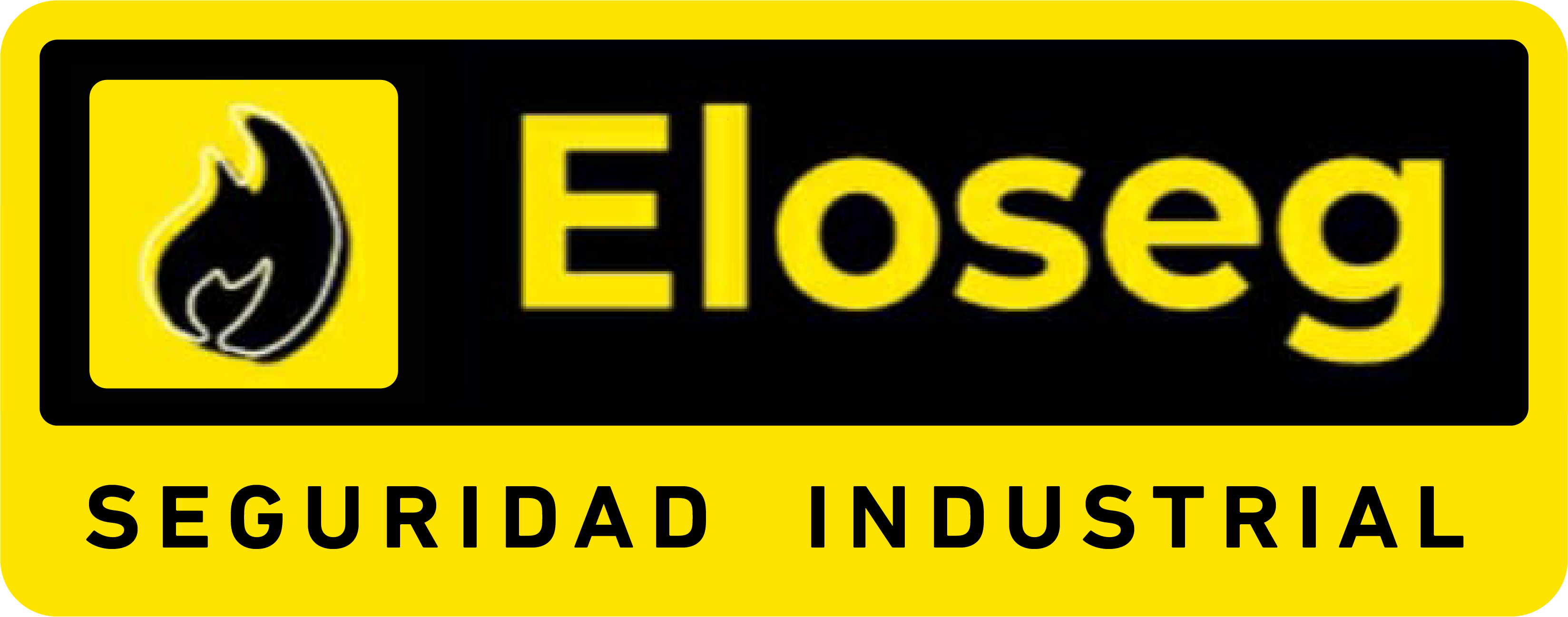
By regularly reviewing what is the last and most important step of creating a balance sheet? your balance sheet, you can make more informed decisions to spend your money in ways that drive growth. This section includes activities like raising new capital, paying off debt, and paying dividends. Maintaining a healthy balance — enough but not too much — is mission-critical. If the company revalues an asset and it’s worth less, it’s the company’s loss.
How to prepare a balance sheet

If the numbers don’t add up, you must find the source of the inconsistency. If the total is correct, save and share the company’s balance sheet with your relevant stakeholders, lenders, and investors. Shareholder or owner equity is determined by any stock (common, preferred, or treasury), reserves, and retained earnings your company has.

Analyst Certification FMVA® Program

The main purpose of the balance sheet is to show a company’s financial status. This sheet shows a company’s assets and liabilities, along with the money invested in the business. Though the balance sheet can be prepared at any time, it is mostly prepared at the end of the accounting period. For example, if you don’t include all your assets, the amount shown as your net worth will not match up with what you owe. If you incorrectly calculate your income, your profit won’t be correct either. That’s why it’s crucial to double-check for incorrect data if your balance sheet isn’t balanced!
Calculate Shareholders’ Equity
Balance sheets can be used with other important financial statements to conduct fundamental analysis or calculate financial ratios. A balance sheet for business is very important in many aspects, as it allows you to know where your business stands. Therefore, the balance sheet is also known as the statement of financial position or position statement because it provides all the details of the assets and liabilities of your business.
Using your balance sheet for business decisions
A balance sheet summarizes the financial components of a company — your assets, liabilities, and equity. Think of a balance sheet as a snapshot of a company’s financial position at any given time. This snapshot includes what the company owns (its assets) and owes (its liabilities), as well as its capital. It outlines each component by breaking them down into categories, like current and fixed values, or short-term and Accounts Receivable Outsourcing long-term payments, to calculate the totals. A balance sheet is a financial report that shows what a business owns, what a business owes, and what’s left for the owners or shareholders—assets, liabilities, and equity—all in one place. It reflects your company’s financial position at a particular point in time, generally the end of the quarter of the fiscal year.
Step Total up your business’ assets
Any amount remaining (or exceeding) is added to (deducted from) retained earnings. Inventory includes amounts for raw materials, work-in-progress goods, and finished goods. The company uses this account when it reports sales of Certified Public Accountant goods, generally under cost of goods sold in the income statement.
Firm of the Future
- If you want a program that has built-in functionality to help you enter data and make calculations more efficiently, consider investing in an accounting software program.
- It cannot provide a sense of financial trends playing out within a company on its own.
- The balance sheet then displays the ending balance in each major account from period to period.
- When completing your taxes or providing financial information to regulatory authorities.
In our lemonade stand example, the owner compares two balance sheets made on June 30 for different years. The owner can use the percentage difference to forecast how much more they will make during the second quarter of the following year. For example, a vertical balance sheet can show comparative data for a moment of time. Similarly, you can format a horizontal sheet vertically for easier reading.
